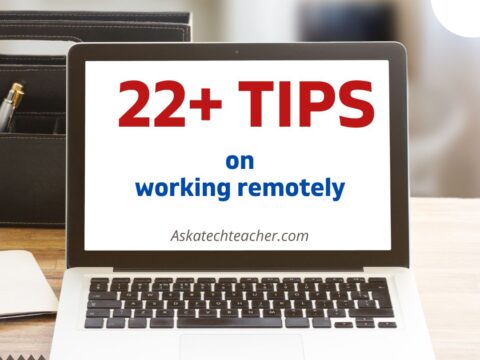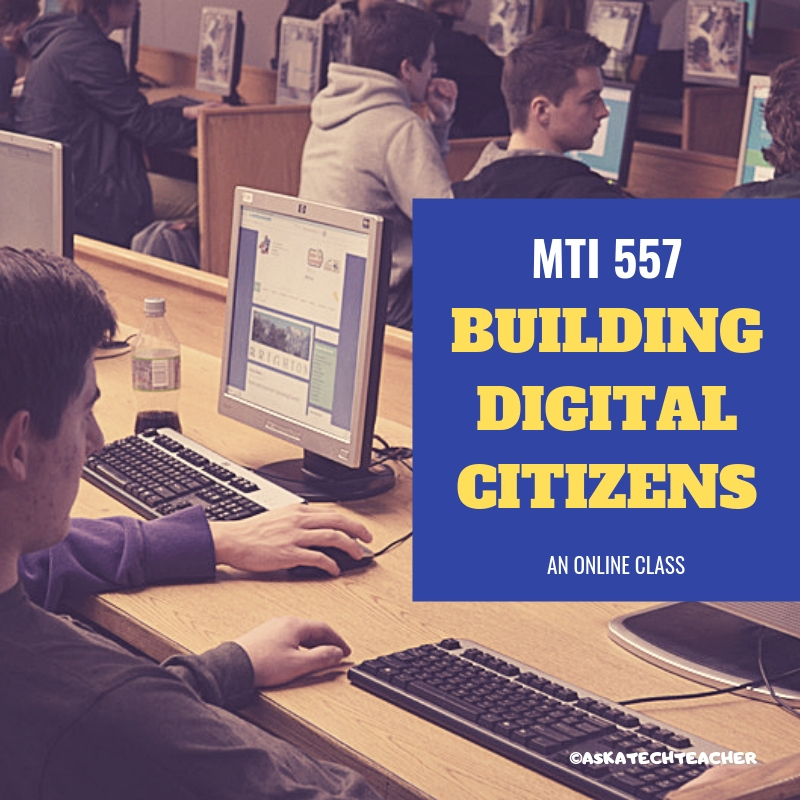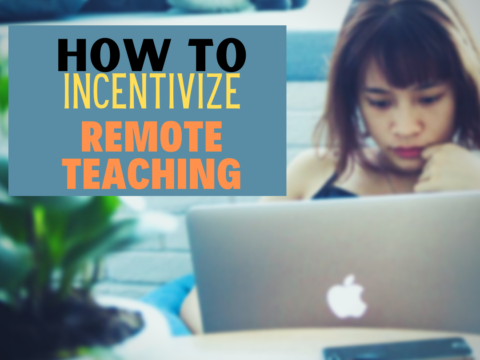Virtual information sessions are reshaping K-12 education. How? For starters–making it more inclusive, effective, and dynamic. Read on for more ideas from the Ask a Tech Teacher international team:
How Virtual Information Sessions Are Changing K-12 Education
K-12 education is undergoing a digital revolution. Schools across the USA are embracing virtual information sessions to enhance learning experiences and streamline communication. No longer bound by geography, students can access diverse resources and personalized support while parents can stay connected with teachers effortlessly.
As we explore this transformation, it’s clear that the future of education is not just digital—it’s dynamic, inclusive, and limitless.
Virtual Information Sessions: Transforming Accessibility and Engagement in K-12 Education
With virtual information sessions for K-12 education, schools can now leverage digital platforms to connect with students and parents efficiently. These sessions, powered by advances in AI tools and video conferencing technology, provide a wealth of resources that were previously unavailable.
For instance:
- Teachers can offer real-time feedback and customized learning plans tailored to individual needs.
- Students can gain access to diverse materials, making learning more interactive.
- Parents can stay informed about their child’s progress without needing physical meetings.
This shift enhances accessibility for all parties involved, fostering a more inclusive educational environment where knowledge knows no bounds.
Personalized Learning Experiences Through Virtual Platforms
Personalized learning has gained momentum with the advent of virtual information sessions. These platforms enable teachers to analyze student performance data effectively. This helps them craft bespoke lesson plans that cater to individual strengths and weaknesses.
Utilizing AI-driven analytics, educators can monitor progress in real-time, offering timely interventions where necessary.
Students benefit from tailored assignments and feedback suited to their unique learning styles.
Parents also appreciate the transparent communication channels, as they stay updated on their child’s academic journey without delay. The result is a more engaged, motivated student body ready to tackle complex challenges confidently.
Expanding Educational Resources Beyond the Classroom
Virtual information sessions have dramatically broadened the scope of educational resources available to students. With digital access, learning is no longer confined to textbooks and classroom materials.
Teachers now integrate multimedia content like interactive simulations, virtual labs, and expert guest lectures from around the world. This diverse range of materials enriches the curriculum, sparking curiosity and deeper understanding.
Students can explore subjects more thoroughly through online libraries and databases. Such extensive resources empower them to conduct independent research and develop critical thinking skills essential for their future academic endeavors.
This shift towards a resource-rich environment revolutionizes traditional education methods.
Bridging Communication Gaps Between Educators and Families
Effective communication between educators and families is crucial for student success. Virtual information sessions provide a seamless solution to bridge these gaps.
Parents can attend virtual meetings at their convenience, eliminating the logistical challenges of in-person appointments. This flexibility ensures they remain actively involved in their child’s education.
Teachers can share progress reports, address concerns, and collaborate with parents more efficiently through these digital platforms. Real-time updates via messaging apps or video calls keep everyone informed and engaged.
By fostering stronger relationships between schools and families, virtual information sessions enhance the support system surrounding each student, leading to better educational outcomes.
Enhancing Teacher Collaboration and Professional Development
Virtual information sessions don’t just benefit students and parents. They also transform how teachers collaborate and develop professionally.
That can go beyond K-12 education. For instance, professionals who decide to enroll in a master of arts in teaching program can make use of virtual information to enhance their learning.
And within K-12 education and beyond, educators can participate in online workshops, webinars, and peer discussions regardless of geographical constraints. These sessions facilitate the exchange of best practices, innovative teaching methods, and cutting-edge educational research.
Teachers also gain access to specialized training programs that address specific needs within their classrooms. This continuous professional development enhances their skills, ensuring they remain effective educators in an ever-evolving landscape.
Such collaborative efforts foster a supportive community among teachers, leading to improved instructional quality across schools.
The Takeaway
Virtual information sessions have reshaped the K-12 education landscape, offering numerous benefits that extend far beyond the traditional classroom. These advancements create a more inclusive and effective learning environment for all stakeholders.
Key advantages include:
- Increased Accessibility. Students and parents can access resources and participate in educational activities from anywhere.
- Personalized Learning. Tailored lesson plans and real-time feedback cater to individual student needs.
- Enhanced Resources. Multimedia content enriches learning experiences.
- Improved Communication. Stronger connections between educators and families support student success.
- Teacher Development. Online professional development opportunities keep teachers at the forefront of educational innovation.
As technology continues to evolve, virtual information sessions will likely become even more integral, driving further improvements in how we educate our future generations.
–image credit to Deposit Photo
Here’s the sign-up link if the image above doesn’t work:
https://forms.aweber.com/form/07/1910174607.htm
“The content presented in this blog are the result of creative imagination and not intended for use, reproduction, or incorporation into any artificial intelligence training or machine learning systems without prior written consent from the author.”
Jacqui Murray has been teaching K-18 technology for 30 years. She is the editor/author of over a hundred tech ed resources including a K-12 technology curriculum, K-8 keyboard curriculum, K-8 Digital Citizenship curriculum. She is an adjunct professor in tech ed, Master Teacher, webmaster for four blogs, freelance journalist on tech ed topics, contributor to NEA Today, and author of the tech thrillers, To Hunt a Sub and Twenty-four Days. You can find her resources at Structured Learning.







































